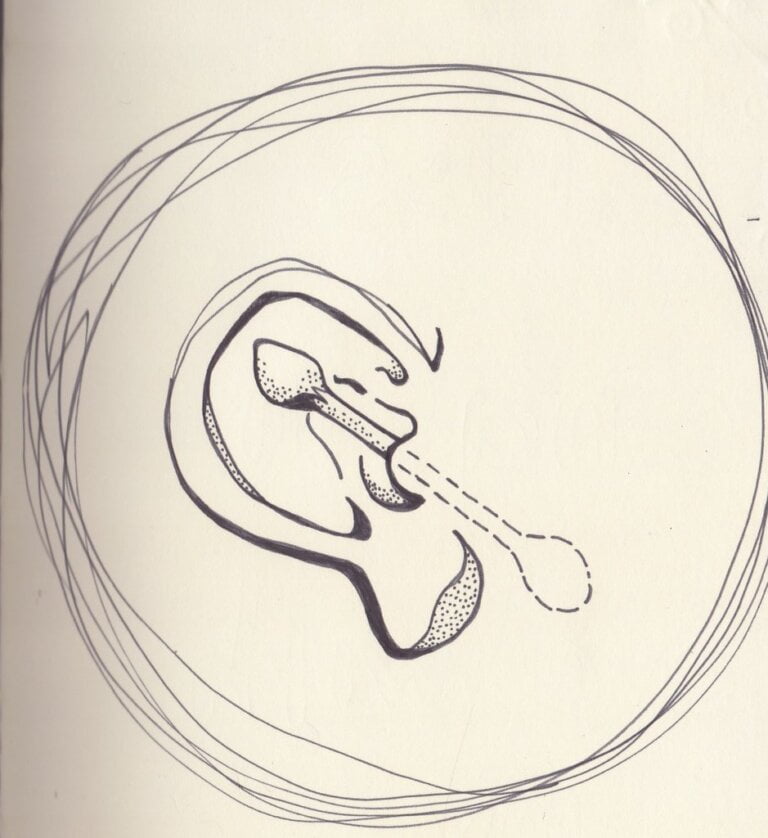Silent Alarm: Recognizing the Signs of Hearing Loss
Last Updated on 3rd May 2024 by Admin
Hearing loss is a common and often overlooked condition that affects millions of people worldwide. It is essential to recognize the signs and symptoms of hearing loss to ensure timely intervention. In this article, we will delve into the various indicators of hearing loss, emphasize the importance of early detection and intervention, and provide tips for prevention and maintenance.
Understanding Hearing Loss
Before we explore the signs of hearing loss, let’s first understand what it entails. Hearing loss refers to a reduced ability to perceive sounds or understand speech. It can occur due to various factors, including age-related changes, exposure to loud noises, infections, genetic predispositions, or even certain medications. By understanding the causes, we can better recognize the signs and take appropriate action.
Common Signs of Hearing Loss
- Difficulty in Understanding Spoken Words: One of the initial signs of hearing loss is struggling to comprehend speech, especially in noisy or crowded environments. Individuals may find it challenging to follow conversations, requiring others to repeat themselves frequently. This difficulty can lead to frustration and isolation if left unaddressed.
- Frequently Asking for Repetition: People with hearing loss often ask others to repeat themselves or speak louder. They may not fully understand what is being said, leading to misunderstandings or miscommunication. This can strain relationships and hinder effective communication.
- Turning Up the Volume: If you frequently find yourself turning up the volume on your TV, radio, or other electronic devices, it could indicate hearing loss. The need for amplified sound to perceive it clearly is a common symptom. However, it is crucial to note that excessively loud volume can further damage your hearing.
- Withdrawal from Social Situations: Individuals with untreated hearing loss may start avoiding social gatherings or conversations due to difficulties in understanding others. This withdrawal can lead to feelings of isolation and frustration. It is important to address hearing loss to maintain healthy social connections and overall well-being.
- Tinnitus: Hearing loss is often accompanied by tinnitus, which refers to the perception of ringing, buzzing, or other sounds in the ears. Tinnitus can be bothersome and may worsen in quiet environments. It is important to identify tinnitus as a potential sign of hearing loss and seek appropriate treatment.
- Misunderstanding Spoken Words: Another sign of hearing loss is frequently misinterpreting or misunderstanding spoken words. This can result in confusion during conversations, leading to frustration for both the individual with hearing loss and those around them. Clear communication is essential for maintaining strong relationships and effective interactions.
Types of Hearing Loss
Understanding the different types of hearing loss can provide further insights into the signs and symptoms associated with each.
- Sensorineural Hearing Loss: Sensorineural hearing loss occurs when there is damage to the inner ear or the auditory nerve. It is the most common type of hearing loss and is often caused by aging, loud noise exposure, or certain medical conditions. The signs mentioned earlier, such as difficulty understanding speech and tinnitus, are commonly associated with sensorineural hearing loss. Seeking professional help is crucial to accurately diagnose and manage this type of hearing loss.
- Conductive Hearing Loss: Conductive hearing loss occurs when sound waves are unable to reach the inner ear. It can result from conditions such as ear infections, earwax buildup, or structural abnormalities in the ear. Individuals with conductive hearing loss may experience muffled or reduced sound perception, and in some cases, they may feel pressure or pain in the affected ear. Identifying the underlying cause of conductive hearing loss is essential for appropriate treatment.
- Mixed Hearing Loss: Mixed hearing loss refers to a combination of sensorineural and conductive hearing loss. It can occur when an individual already has a conductive hearing loss and then experiences additional damage to the inner ear or auditory nerve. Treatment approaches for mixed hearing loss may involve a combination of medical intervention and hearing aids or other assistive devices.
Seeking Professional Help
If you or someone you know is experiencing any of the signs mentioned above, it is crucial to seek professional help from an audiologist or otolaryngologist. These healthcare professionals specialize in diagnosing and treating hearing loss. They can conduct various tests, such as a pure-tone audiometry or speech audiometry, to determine the extent and type of hearing loss. Early intervention plays a vital role in managing hearing loss effectively.
Importance of Early Intervention
Early detection and intervention for hearing loss are vital to prevent further deterioration and enhance overall quality of life. If left untreated, hearing loss can have detrimental effects on an individual’s emotional well-being, communication skills, and relationships. With advancements in technology, such as hearing aids and cochlear implants, individuals with hearing loss can regain their auditory abilities and actively participate in daily life. It is crucial to prioritize hearing health and take action as soon as signs of hearing loss are recognized.
Prevention and Maintenance
While some forms of hearing loss cannot be prevented, several measures can be taken to protect and preserve hearing health:
- Use Ear Protection: When exposed to loud noises, such as concerts, construction sites, or firearms, wearing ear protection, such as earplugs or earmuffs, can significantly reduce the risk of hearing damage. It is important to choose appropriate hearing protection and use it consistently in noisy environments.
- Limit Exposure to Loud Noises: Avoid prolonged exposure to loud noises whenever possible. If you are unable to escape noisy environments, consider taking regular breaks to give your ears a rest. By reducing the duration and intensity of noise exposure, you can minimize the risk of hearing loss.
- Maintain Ear Hygiene: Properly clean your ears to prevent earwax buildup, which can contribute to hearing loss. However, it is essential to avoid using cotton swabs or other objects that can potentially damage the ear canal. Consult a healthcare professional for safe and effective methods of ear cleaning.
- Monitor Medications: Some medications, including certain antibiotics and chemotherapy drugs, can have potential side effects on hearing. If you are concerned about a medication’s impact on your hearing, consult your healthcare provider. They can provide guidance and monitor your hearing health during medication use.
In conclusion, recognizing the signs of hearing loss is crucial for its early detection and intervention. By being aware of the indicators mentioned above and seeking professional help when necessary, individuals can take proactive steps to address hearing loss and improve their overall quality of life. Remember, your hearing health matters, and taking care of it is a responsibility we should all prioritize.
FAQ
Q1: What is hearing loss?
A1: Hearing loss refers to a reduced ability to perceive sounds or understand speech. It can occur due to various factors, including age-related changes, exposure to loud noises, infections, genetic predispositions, or certain medications.
Q2: What are the signs of hearing loss?
A2: The signs of hearing loss include difficulty in understanding spoken words, frequently asking for repetition, turning up the volume on electronic devices, withdrawal from social situations, tinnitus (ringing or buzzing in the ears), and misunderstanding spoken words.
Q3: What are the types of hearing loss?
A3: There are three types of hearing loss: sensorineural hearing loss, conductive hearing loss, and mixed hearing loss. Sensorineural hearing loss is the most common and occurs due to damage to the inner ear or auditory nerve. Conductive hearing loss is caused by blockages or abnormalities in the ear, while mixed hearing loss is a combination of sensorineural and conductive hearing loss.
Q4: Why is early intervention important for hearing loss?
A4: Early intervention is crucial for hearing loss because it prevents further deterioration and enhances overall quality of life. If left untreated, hearing loss can negatively impact emotional well-being, communication skills, and relationships. With advancements in technology, early intervention allows individuals to regain their auditory abilities and actively participate in daily life.







